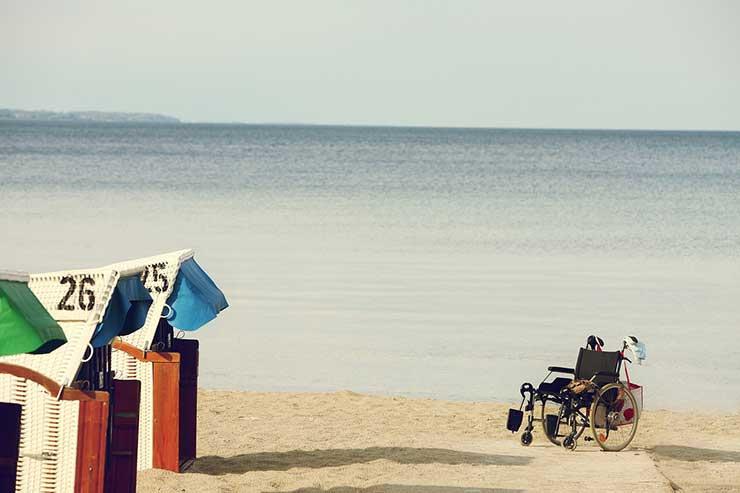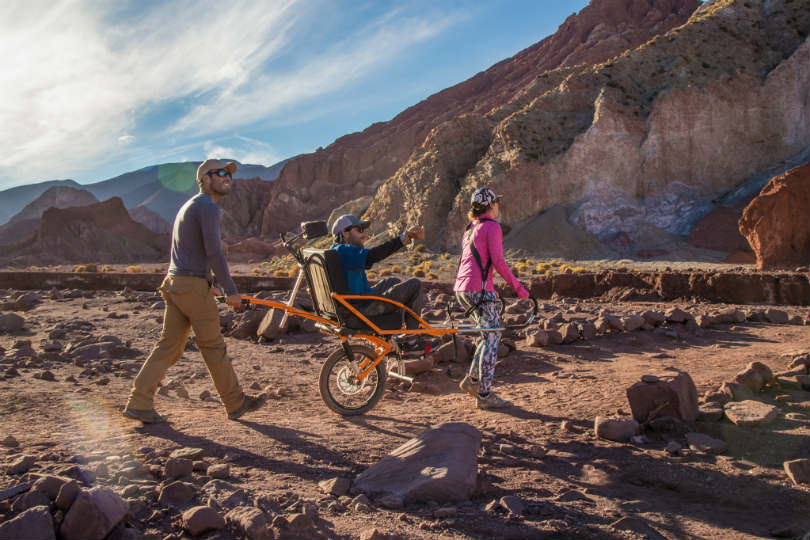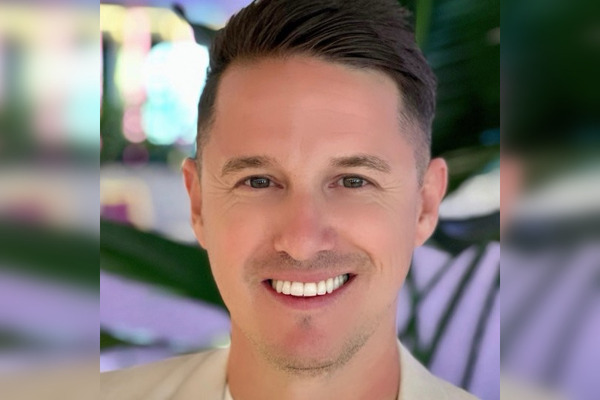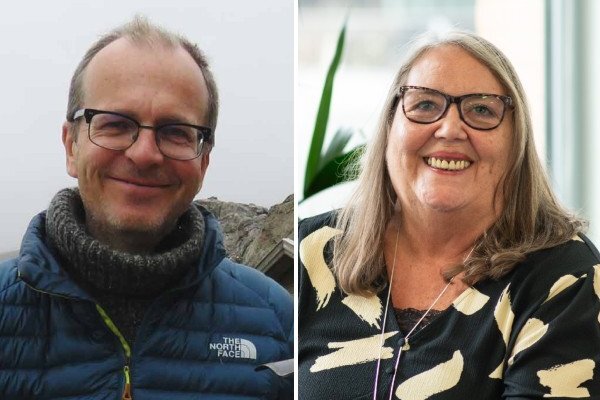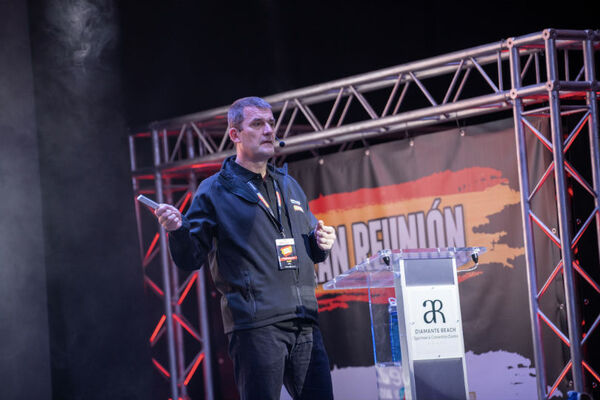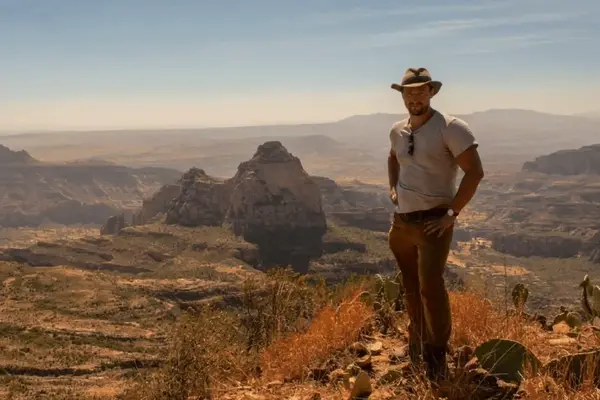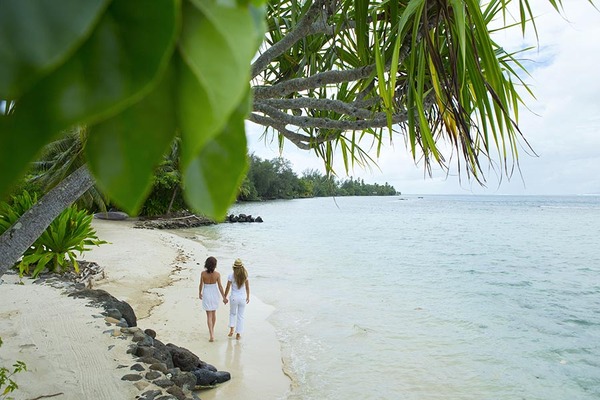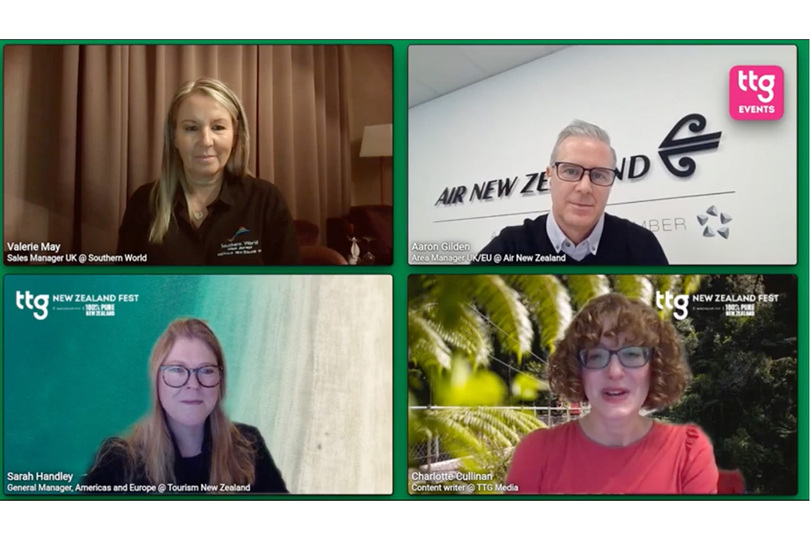Exploring the globe in a wheelchair with Wheel the World
Co-founder Alvero Silverstein on how Wheel the World offers accessible adventures and empowers its clients.
A car accident left Alvero Silverstein quadriplegic at the age of 18, unable to walk or use his arms.
Determined not to let this stand in the way of his dream of travelling the world, Silverstein (now 34) joined forces with his best friend Camilo Navarro in 2017 to organise the first expedition along the W Circuit route in Torres del Paine national park using a wheelchair.
However, the Chilean duo soon realised there was a serious lack of resources or products for people with accessibility needs.
“I was living in the US at the time and knew it was relatively easy to visit the national parks there [in a wheelchair], whereas in Chile I would be much more limited,” says Silverstein. “We realised nobody had done Torres del Paine in a wheelchair before, so we said, ‘let’s do it’ and then help other people repeat it if it was successful.”
Thankfully, the friends triumphed and discovered their story had gone viral. Soon the requests from individuals wanting to follow suit came flooding in.
“We pulled together information on accessible accommodation, transportation, and created a five-day itinerary with a special hiking wheelchair.
“We also trained a local DMC on how to use it,” he says. “We were so excited to enable other people to repeat our adventure. That’s why we decided to start Wheel the World, to help clients with disabilities explore the world without limits."
Growing reach
Since its inception in January 2018, California-based Wheel the World has generated 900 bookings, offering multi- and single-day adventures in more than 30 destinations including Maui, Easter Island, Machu Picchu, New York and London.
“We realised other operators were offering accessible travel, so we started working with them in 2019 to help organise and structure their accessibility information in terms of accommodation facilities, transport and activities available for disabled travellers.”
Although Wheel the World does have options for blind and deaf clients, tackling mobility remains the key focus, explains Silverstein.
“Our clients include seniors who struggle to walk long distances. They might not necessarily need a mobility device on a day-to-day basis but may do if they travel to Machu Picchu.
“We also help families that have a child with a cognitive disability, and connect solo travellers with volunteers in-destination too.”
With more than 60% of bookings coming from the US and 30% from Latin America, Silverstein has now set his sights on growing the UK market.
“We are more than happy to partner with travel agents in the UK and offer commission. We are also open to helping tour operators by providing them with information on how to better serve clients with disabilities.”
For agents unsure what to look out for when booking on behalf of a client in a wheelchair, Silverstein advises: “[Product] photography is crucial. For example, I’d once called a restaurant and asked if it was accessible. They may have had a ramp to get in, but when I got there I realised the tables were more than a metre-and-a-half tall [making them too high for wheelchair users].
“Accessibility is not a black-and-white issue. Something accessible for me may not be for somebody else. This is the ethos of Wheel the World – to make that information very clear.”

